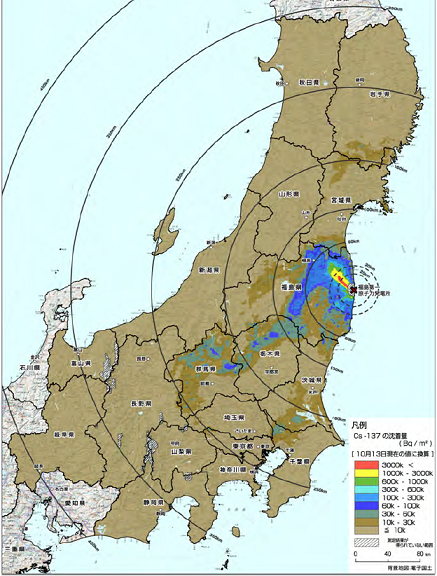In his initial press conference, newly appointed Japanese energy minister Nishimura Yasutoshi called for restarting nuclear power stations to secure stable energy supplies. He announced there would be no policy change regarding Japan’s involvement with the Sakhalin-2 LNG project in the Russian Far East.
This choice of main topics of the news conference is typical for the public discourse here about energy policy and security:
1) Talk about whether to restart nuclear power or not
2) Talk about securing fossil fuel imports
3) Do not mention investment into offshore wind
4) Do not mention investment into grid expansion
Topics 3) and 4) are critical for weaning Japan off fossil fuel. 1) is a mere stop gap solution at best. Many nuclear stations shuttered after 2011 are too old for operators to make the necessary investments to bring them up to current safety codes. It wouldn’t be economically viable. The reactors whose restart is being promoted are equivalent to about 1/3 of the pre-2011 nuclear generation or roughly 10 percent of the pre-2011 annual electricity generation. While not trivial, it’s not a game changer. For that, Japan would have to embark on construction of new stations, which would be likely to run into political resistance at the local and national level.
Construction of new nuclear power stations will run into cost issues (see Olkiluoto 3 in Finland, Flamanville/France, Plant Vogtle/Georgia USA, Hinkley Point C/UK, etc). Many of these high profile nuclear projects by different companies in various countries have been billions of euros, dollars and pound over budget and years behind schedule. This seems to be a common theme. To build nuclear power stations takes a decade or more, which means capital is tied up for years and years before the first power flows ever into the grid. For example, construction at Flamanville started in 2007 while fuel loading will not take place before 2023, i.e. 16 years later. Or take Olkiluoto 3, where construction started in 2005 and as of 2022 i.e. 17 years later it still is not operating.
By contrast, large solar or wind projects tend be completed in 2-3 years at most.
As a country with a long coast line Japan has huge wind power potential which will complement its solar potential but it is way behind the curve compared to China, European nations or the US. Almost all renewable energy other than hydro power in Japan has been photovoltaic.
To maximize the potential of renewal energy which will often be found far from population centers, Japan needs to build long distance High Voltage DC (HVDC) lines so power from Kyushu and Hokkaido can supply Tokyo and Osaka.
Offshore wind and HVDC are near absent in the public energy debate in Japan. The Japanese economy suffered “lost decades” after the burst of its 1980s’ investment bubble. Unless it invests in offshore wind (and also geothermal power) and a HVDC grid backbone, it will suffer another lost decade in a delayed energy transition.
So why is the government not acting? The interests of Japanese utility companies on one side and of Japanese power consumers and of the planet as a whole on the other are not aligned and politicians of the ruling LDP-Komeito coalition are picking the wrong side.
Japanese utility companies own existing assets such as old nuclear power stations and thermal power stations. The longer they can utilize these assets to generate and sell power, the more money they will make. If they were forced to buy zero-carbon wind power from third-party offshore wind farms in Hokkaido or Kyushu they won’t be able to sell as much power from their own coal-burning or nuclear power stations in the Kanto or Kansai. Utility companies are still building new coal-burning power plants today. They don’t want to see these plants shuttered but to contribute to their profits for the next 20 years and more.
If we let them get away with it, it would be disastrous for trying to minimize the scale of the climate change threat. Climate change will devastate Japan through hurricanes, flooding, landslides and rising sea levels. The political leaders of Japan need to prioritize the interests of the power consumers and of everyone threatened by climate change. Currently they are acting as lobbyists for the utility companies.
Links:

